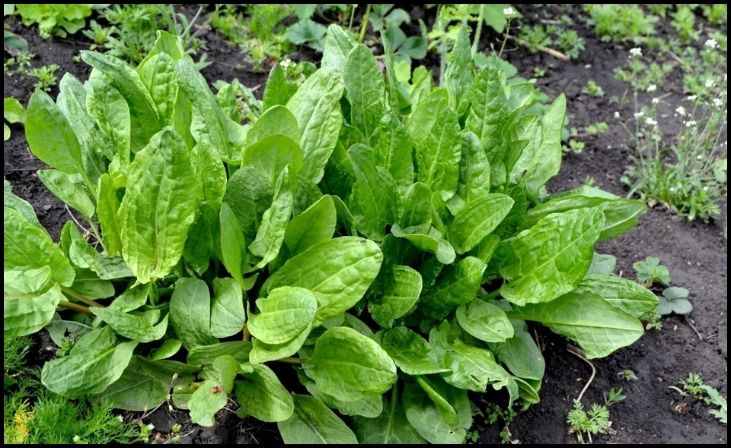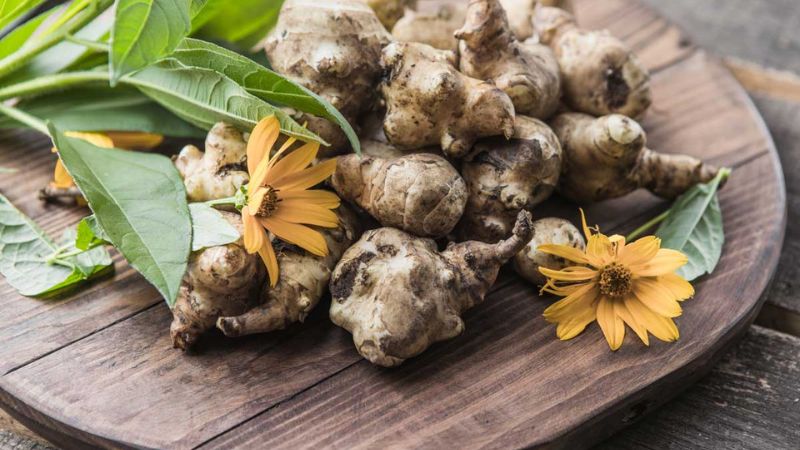Regarding gardening, perennial vegetables offer a sustainable and low-maintenance way to enjoy fresh produce year after year. Unlike annual vegetables that must be replanted each season, perennials return reliably, making them an excellent choice for any garden. Here’s a look at seven perennial vegetables that will keep your garden thriving for years to come.
1. Asparagus

Asparagus is a classic perennial vegetable known for its tender and flavorful spears. Once established, asparagus can be produced for 15-20 years, making it a worthwhile investment for your garden. The plant thrives in well-drained soil with full sun exposure. Asparagus requires some patience initially, as it takes about three years to start producing harvestable spears. However, once mature, it provides a generous harvest each spring. Proper care includes regular weeding and applying mulch to conserve moisture. After harvesting, allow the ferns to grow; they help the plant store energy for the next year.
2. Rhubarb
Rhubarb is another robust perennial vegetable with unique, tangy stalks that are perfect for pies and jams. This hardy plant grows best in cooler climates and can thrive in various soil types. Rhubarb requires a sunny location and benefits from rich, well-drained soil. It’s important to wait until the second year before harvesting rhubarb to allow the plant to establish itself. Regularly removing flower stalks helps the plant focus its energy on growing edible stalks. Rhubarb can be harvested in early spring and continues to produce throughout the growing season.
3. Jerusalem Artichoke
Jerusalem artichoke, or sunchoke, is a versatile and nutritious perennial vegetable. It produces tubers with a nutty flavor and a crisp texture, making them a great addition to salads and soups. Jerusalem artichokes thrive in various soil conditions and are particularly suited to areas with full sun. They can spread aggressively, so it’s wise to plant them in a contained area or raised bed. Harvesting typically occurs in late fall or early winter after the first frost, and the tubers can be stored for several months.
4. Sorrel

Sorrel is a leafy green vegetable with a tangy, lemony flavor that adds a refreshing twist to salads and soups. This perennial herb is known for its cold tolerance and can grow year-round in mild climates. Sorrel prefers well-drained soil and a sunny to partially shaded location. It’s a low-maintenance plant that requires minimal care beyond occasional harvesting and watering. Sorrel’s leaves can be picked as soon as they’re large enough, and regular harvesting encourages continuous growth. The plant may die back in winter but will regrow in the spring.
5. Wintergreen
Wintergreen is a hardy perennial that produces small, edible berries and aromatic leaves. Often used in teas and as a flavoring, wintergreen thrives in cooler climates with moist, well-drained soil. This plant prefers partial shade and is known for its evergreen foliage, which provides visual interest in the garden throughout the year. Wintergreen berries can be harvested in late summer or early fall and have a distinctive minty flavor. The plant’s ground-covering habit makes it an excellent choice for shady garden areas.
6. Sea Kale
Sea kale is a perennial vegetable with edible leaves, shoots, and roots. It’s a hardy plant that can tolerate various soil conditions and is especially well-suited to coastal areas. Sea kale thrives in full sun and benefits from regular watering and rich soil. The young shoots, or “blanched” stems, are particularly tender and flavorful. Sea kale’s leaves can be harvested throughout the growing season, while the roots can be dug up and eaten after a few years of growth. The plant’s resilience and versatility make it a valuable addition to any garden.
7. Lovage

Lovage is a versatile herb with a flavor reminiscent of celery, making it a valuable addition to soups, stews, and salads. This perennial vegetable is known for its large, aromatic leaves and sturdy growth. Lovage thrives in full sun to partial shade and prefers well-drained soil. It can grow up to 6 feet tall, providing a substantial amount of foliage and a robust flavor profile. Regular harvesting of the leaves and stems encourages continuous growth. Lovage is also known for its attractive, lacy foliage, which adds beauty to the garden.
Conclusion
Incorporating perennial vegetables into your garden can simplify your gardening routine while providing a reliable source of fresh produce. These plants not only save you the effort of replanting each year but also offer unique flavors and textures to diversify your harvest. Whether you choose asparagus, rhubarb, or any of the other perennials listed, you’ll enjoy the benefits of a productive and sustainable garden for years to come. Embrace the convenience and resilience of perennial vegetables, and watch your garden flourish with minimal effort.




